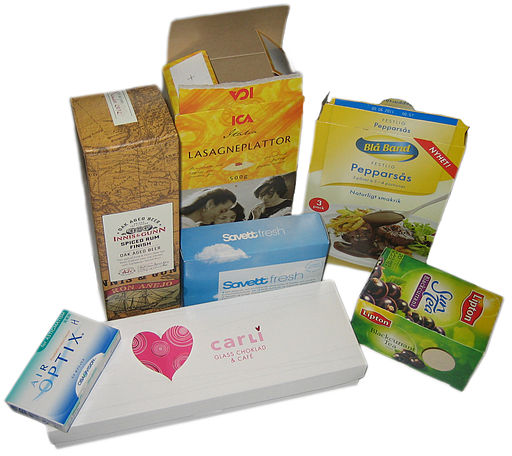 Today’s consumer packaged goods companies have to deal with novel rules governing consumer engagements as they take advantage of opportunities arising from advanced technology. The beverage, food and household products industries have experienced a positive change in net sales, despite the general slowing rate of net sales growth in the year 2012. The industries have benefited from the current age of technology and the digital consumer. This is owed to the increased speed of consumer connections, coupled with a balanced operational quality and innovation. Top-performing companies have achieved success by knowing the consumers, connecting with them and emphasizing innovation that can reach customers directly. The rules of consumer packaged-goods manufacturing and retailing are being re-written by accelerated mobile adoption, numerous digital channels, and a direct-to-consumer approach. New opportunities can also be seized by forming a brand value that is long lasting.
Today’s consumer packaged goods companies have to deal with novel rules governing consumer engagements as they take advantage of opportunities arising from advanced technology. The beverage, food and household products industries have experienced a positive change in net sales, despite the general slowing rate of net sales growth in the year 2012. The industries have benefited from the current age of technology and the digital consumer. This is owed to the increased speed of consumer connections, coupled with a balanced operational quality and innovation. Top-performing companies have achieved success by knowing the consumers, connecting with them and emphasizing innovation that can reach customers directly. The rules of consumer packaged-goods manufacturing and retailing are being re-written by accelerated mobile adoption, numerous digital channels, and a direct-to-consumer approach. New opportunities can also be seized by forming a brand value that is long lasting.
The best advantage for developing new growth is realized by consumer packaged-goods companies that engage directly with consumers through digital means. Fifty-two percent of United States consumers are already doing direct online purchases from brands that they trust. This clearly shows that consumer packaged-goods companies now have more opportunities to walk alongside their clients in real time, which in turn would drive the sales of new and existing products. By the end of this year, it has been projected that more than 40 percent of consumer packaged-goods companies will sell their products directly to their consumers. This percentage will be up from 24 percent that was reported in the year 2012. It is thus clear that direct-to-consumer is a potential tool for establishing new consumers and testing new products.







Leave A Comment